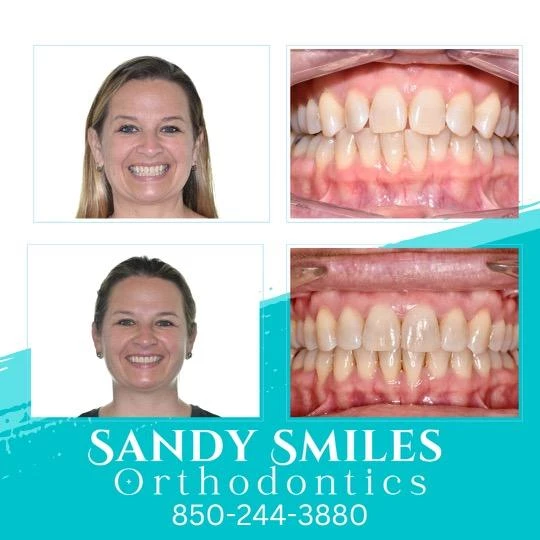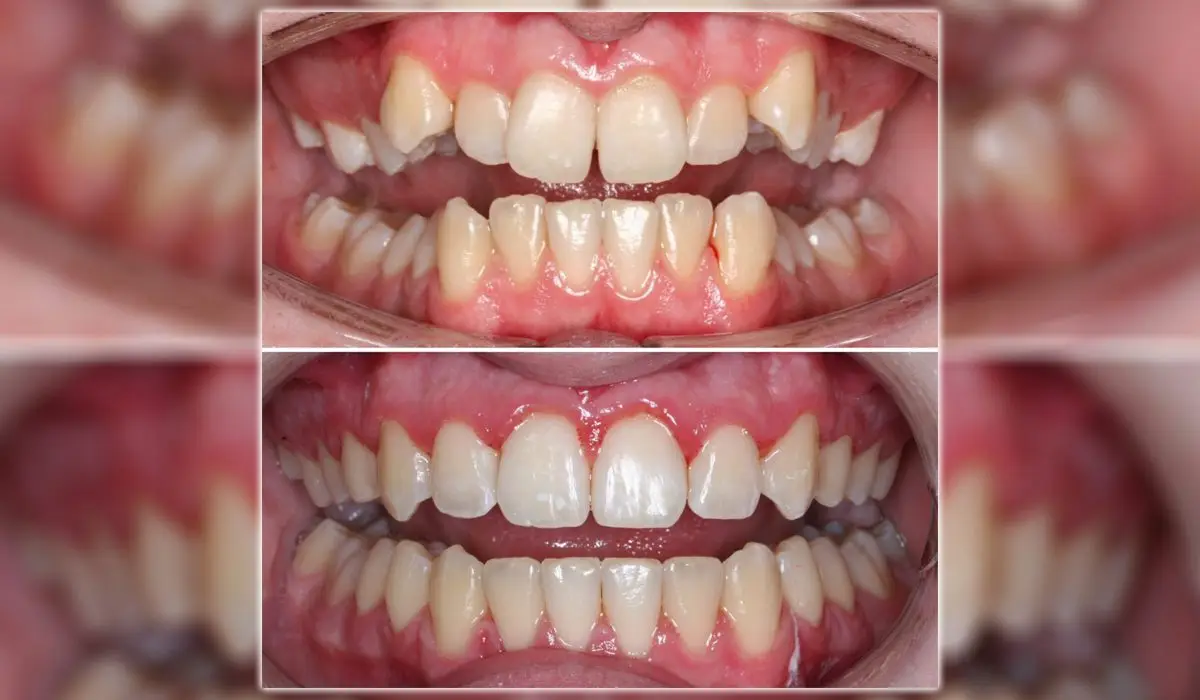How Invisalign Functions: Your Overview to Clear Aligners and Their Effectiveness
How Invisalign Functions: Your Overview to Clear Aligners and Their Effectiveness
Blog Article
Invisalign vs. Standard Dental braces: Which Choice Is Right for You?
When considering orthodontic treatment, the selection between Invisalign and typical braces presents a number of essential elements that warrant mindful analysis. Invisalign uses a discreet choice with removable aligners, while traditional braces supply an extra visible yet effective solution for severe imbalance.
Overview of Treatment Choices

On the other hand, typical braces are composed of steel brackets and cables that are adhered to the teeth. This method applies continual pressure in time to attain alignment. While effective for complicated orthodontic concerns, conventional dental braces call for regular sees for adjustments and can position difficulties in keeping dental hygiene due to the problem of cleansing about braces and wires.
Both choices have their qualities, and the choice typically rests on details dental conditions, way of living choices, and patient compliance. Ultimately, getting in touch with an orthodontic professional is important for establishing one of the most suitable therapy strategy tailored to private demands. Comprehending the nuances of each option can substantially affect the overall success of orthodontic therapy.
Aesthetic Considerations
A substantial element influencing the selection between Invisalign and conventional braces is the visual charm each treatment supplies. Invisalign aligners are crafted from clear plastic, making them essentially unnoticeable when worn.
On the other hand, conventional dental braces contain metal brackets and cables, which can be much more noticeable. While advancements in orthodontic modern technology have resulted in the development of smaller sized brackets and tinted elastics, conventional braces still preserve a more obvious account. For some individuals, the presence of dental braces might hinder them from looking for needed treatment.
Ultimately, the selection in between Invisalign and conventional braces might pivot on personal preferences regarding visual appeals. Clients who focus on discernment commonly lean towards Invisalign, while those that are less concerned about presence may choose typical dental braces. Recognizing the visual ramifications of each option is important for making an educated choice that straightens with one's lifestyle and choices.
Convenience and Convenience

In terms of benefit, Invisalign aligners are removable, making it possible for people to appreciate their preferred foods without restriction and keep ideal oral hygiene. Cleaning and flossing are streamlined, as the aligners can be gotten during these regimens, whereas standard braces require mindful navigating around braces and cables.
In contrast, typical braces demand routine adjustments, making them less practical for those with hectic schedules. Overall, the convenience and ease of Invisalign make it an enticing option for numerous individuals seeking orthodontic therapy.
Treatment Period and Efficiency
While both Invisalign and standard braces are reliable in fixing oral misalignments, the period of therapy can differ dramatically in between the two choices. Typically, Invisalign treatment can take anywhere from 12 to 18 months, relying on the intricacy of the case. The clear aligners function by progressively changing teeth into their wanted settings, and normal follow-ups with an orthodontist assistance guarantee development remains on course.
In comparison, conventional dental braces typically require a longer dedication, normally ranging from 18 months to three years. This is because of their set nature and making use of cables and braces, which can be extra effective for complicated situations and serious misalignments (Invisalign). The therapy efficiency of traditional braces is well-documented, as they enable precise modifications and higher control over tooth motion
Inevitably, the selection between Invisalign and conventional braces may depend upon both the expected treatment duration and the particular oral problems handy. Consulting with an orthodontist is vital, as they can give tailored suggestions based on private needs, making certain the selected approach straightens with preferred results and timeframes.
Price Contrast and Insurance Policy Choices
Expense plays a substantial function in the decision-making process for individuals taking into consideration orthodontic treatment, whether choosing for Invisalign or conventional braces. Generally, the expense of Invisalign ranges from $3,000 to $8,000, while typical braces normally cost between $2,000 and $6,000. Variables affecting these prices include the complexity of the instance, the duration of therapy, and geographical area.
Insurance insurance coverage can significantly impact out-of-pocket expenses. Many oral insurance strategies provide partial insurance coverage for orthodontic treatments, but the specifics can differ widely. It is important for clients to examine their Read Full Article insurance plan to establish the degree of protection for either choice. Normally, standard dental braces may be a lot more frequently covered by insurance plans contrasted to Invisalign, which some insurance firms categorize as a visit here cosmetic treatment.
In addition, numerous orthodontic practices use versatile layaway plan, making both treatment alternatives a lot more easily accessible. Individuals need to make inquiries concerning potential funding options and discount rates for upfront payments. Examining the total expense, consisting of insurance policy advantages and layaway plan, is vital for making a notified decision that aligns with both aesthetic choices and budget factors to consider.

Verdict
In summary, the selection between Invisalign and traditional dental braces depends upon numerous factors, including aesthetic choices, comfort, therapy period, and cost. Invisalign uses a very discreet, detachable option that facilitates dental hygiene and dietary adaptability, while traditional dental braces might be much more suitable for intricate oral problems and commonly come at a reduced rate point. Ultimately, assessment with an orthodontist is vital to assess individual situations and establish the most appropriate therapy option for accomplishing optimal dental alignment.
When thinking about orthodontic therapy, the selection in between Invisalign and traditional braces provides several crucial aspects that warrant mindful assessment.Contrasting Invisalign and typical braces discloses distinctive treatment options for orthodontic improvement.While both Invisalign and traditional braces are effective in fixing dental imbalances, the duration of therapy can differ considerably in between the 2 options.Price plays a considerable duty in the decision-making procedure see this for individuals considering orthodontic therapy, whether deciding for Invisalign or standard dental braces.In summary, the option between Invisalign and conventional braces hinges on several variables, consisting of visual choices, comfort, therapy period, and cost.
Report this page